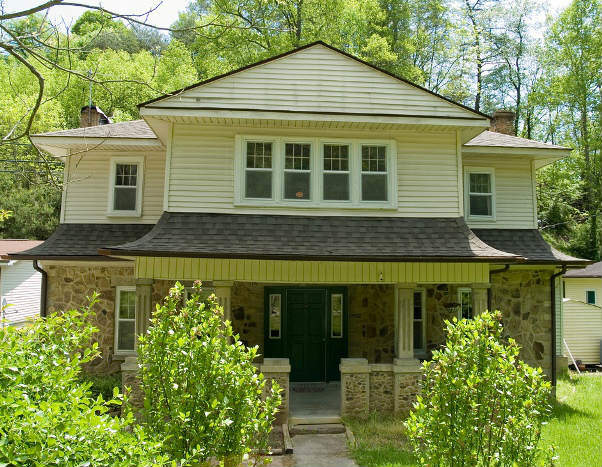December 18, 2013
Small leaks to the outside world can cost a homeowner hundreds of dollars in lost energy.
 In an effort to save costs on home heating bills, many people have gone to great lengths to ensure that no outside air is able to enter their home. Small leaks to the outside world can cost a homeowner hundreds of dollars in lost energy. Luckily there are some easy ways for you to detect leaks in your home and correct them.
In an effort to save costs on home heating bills, many people have gone to great lengths to ensure that no outside air is able to enter their home. Small leaks to the outside world can cost a homeowner hundreds of dollars in lost energy. Luckily there are some easy ways for you to detect leaks in your home and correct them.
An Outside Visual Test
Start off with an outside visual test. Examine any point in the structure of your home where two different types of building materials come into contact, such as an outdoor faucet. Check for cracks or breaks in the sealant and reapply as needed. Exterior corners of a home are a big source of energy loss. Check these carefully, or ask an HVAC technician if you have any doubts about its ability to keep outside air from entering the home.
Next An Indoor Inspection
Now it is time for an indoor inspection. You will achieve the best result if you turn off all heating or cooling appliances and shut the windows and doors. Wet your hands and then begin to wave them slowly in front of areas you suspect may be leaking air. Door and window frames are obvious, but also check electrical, cable, and phone outlets. Fireplace dampers, attic hatches, and baseboards should also be examined. Anytime you feel a coldness on your wet hand, you know that there is a leak.
Most air leaks are easy to remedy with a bit of caulk or weather stripping. Larger leaks, such as those around your HVAC systems ductwork, will need to be repaired by an expert HVAC repairman. They will also help you determine if adding more insulation could be beneficial. While he is there he can also check to make sure that you are not losing a significant amount of heat or cooled air as a result of a faulty furnace or air conditioner.
Performing an Energy Assessment
If after all of this, you still do not see a drop in your energy usage, you may consider having a qualified technician perform an energy assessment of your home. By depressurizing the air inside your house, an HVAC technician can locate and repair any leaks that were not obvious to you. It will identify your home’s problem areas and the technician can help you decide what kind of action to take.
Caulk is a great way to help seal air leaks. You can use it around windows and doors, and any spot where plumbing devices or electrical wiring enters through a wall. Don’t forget the spots under a sink and under your toilet. A foam gasket can easily be installed behind outlets and switch plates. Fireplace flues are a common area for energy loss. They should be checked often for warping or breakage.
Your best defense against energy leaks is Scott-Lee Heating Company. With our years of experience we can best help you identify trouble spots in your home and offer the proper recommendations for repairing them. When it comes to protecting the integrity of your greatest investment, it is well worth the time and expense to seek out the advice of experts. Call us today at (314) 756-9444.
